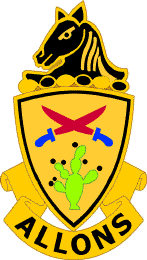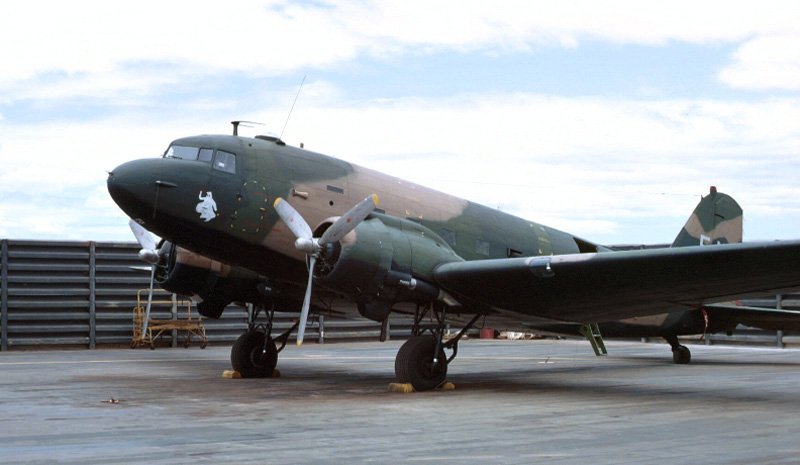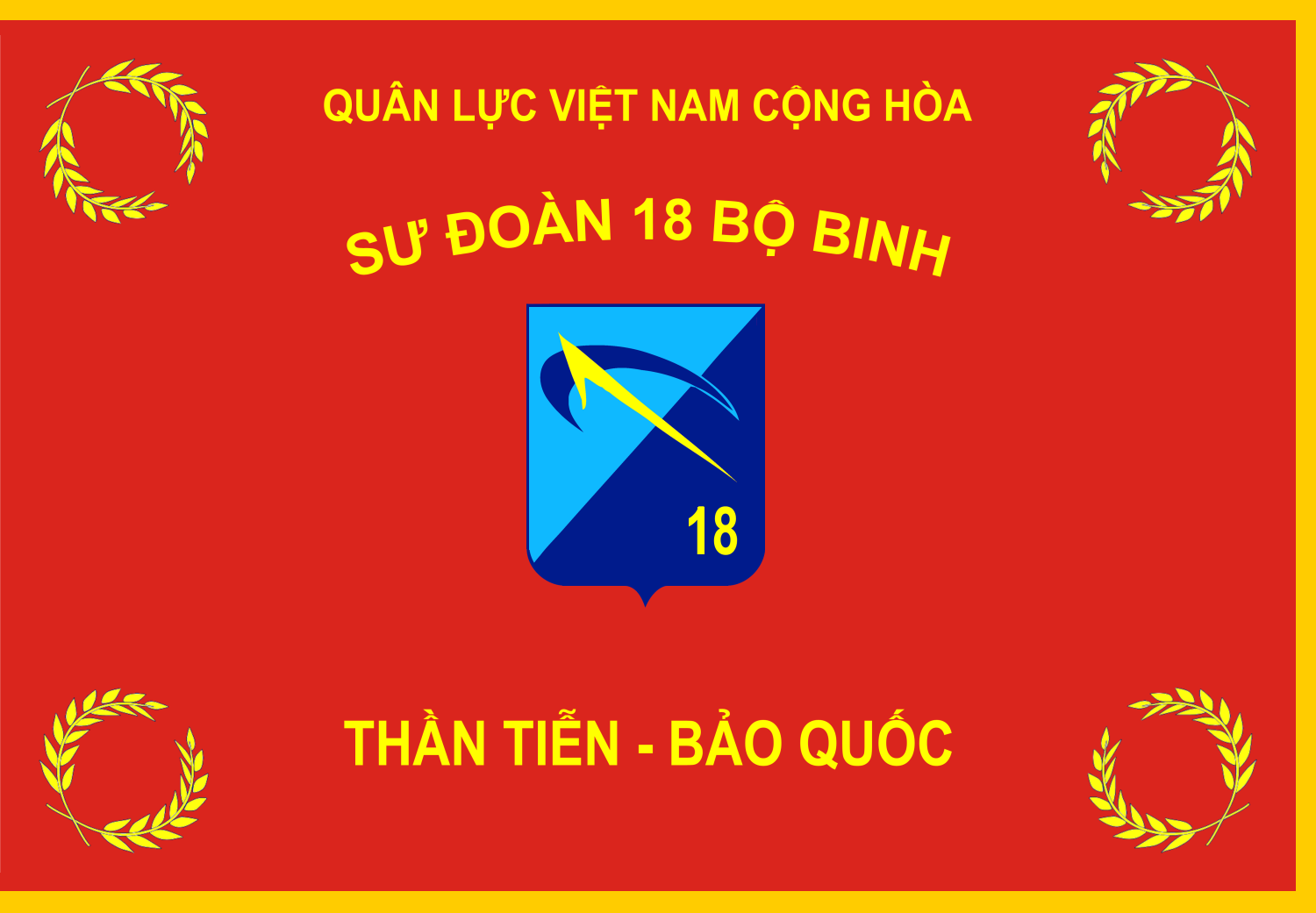|
Xuân Lộc Base Camp
Xuân Lộc Base Camp (also known as Xuân Lộc Airfield or Firebase Husky) is a former U.S. Army and Army of the Republic of Vietnam (ARVN) base in the town of Xuân Lộc in Đồng Nai Province in southern Vietnam. History The base was established in late 1966 by the 5th Special Forces Detachment AB-31. The camp was located in Xuân Lộc and 28 km north of Nui Dat. On 18 May 1969 at 01:00 the 7th Battalion, 9th Artillery Regiment and the 2nd Battalion, 35th Artillery Regiment, 54th Artillery Group at the base were attacked by elements of the Viet Cong (VC) 5th Division. Some VC penetrated the perimeter, but were driven back by the artillerymen. The defenders were supported by helicopter gunships, air strikes and AC-47 ''Spooky'' gunships. As the action continued a unit of the 11th Armored Cavalry Regiment arrived and engaged the VC. Fighting continued until 06:00 resulting in 24 VC killed and 14 U.S. killed. The ARVN 18th Infantry Division had its headquart ... [...More Info...] [...Related Items...] OR: [Wikipedia] [Google] [Baidu] |
5th Special Forces Group (United States)
The 5th Special Forces Group (Airborne) (5th SFG (A)) is one of the most decorated active duty Special Forces (United States Army), United States Army Special Forces groups in the U.S. armed forces. The 5th SFG (A) saw extensive action in the Vietnam War and played a pivotal role in the early months of Operation Enduring Freedom. 5th Group—as it is sometime called—is designed to deploy and execute nine doctrinal missions: unconventional warfare (United States), unconventional warfare, foreign internal defense, direct action (military), direct action, counter-insurgency, special reconnaissance, counter-terrorism, information operations, counterproliferation of weapon of mass destruction, and security force assistance., USASOC official website, dated 2018, last accessed 28 July 2019 As of 2016, the 5th SFG(A) is primarily responsible for operations within the United States Central Command, CENTCOM area of responsibility as part of the Special Operations Command, Central (Specia ... [...More Info...] [...Related Items...] OR: [Wikipedia] [Google] [Baidu] |
9th Field Artillery Regiment
The 9th Field Artillery Regiment is a field artillery regiment of the United States Army first formed in 1916. The regiment served in Hawaii during World War I, 3rd, 4th, 7th, and 9th Divisions between the world wars, and with 3rd Infantry Division during World War II and Korea. Since 1957, the regiment has been a parent regiment under the Combat Arms Regimental System and the U.S. Army Regimental System, with regimental elements serving with the 3rd, 4th, 10th, 25th, 79th, 83rd, and 96th Infantry Divisions and various field artillery brigades and groups. The regiment's single active component, the 1st Battalion, 9th Field Artillery Regiment, is assigned to the 2nd Brigade Combat Team, 3rd Infantry Division (United States), 2nd Brigade Combat Team, 3rd Infantry Division and stationed at Fort Stewart, Georgia. Current Status of Regimental Elements * 1st Battalion, 9th Field Artillery Regiment - active, assigned to the 2nd Brigade Combat Team, 3rd Infantry Division (United States), ... [...More Info...] [...Related Items...] OR: [Wikipedia] [Google] [Baidu] |
Installations Of The United States Army In South Vietnam ) or political one
{{disambig ...
Installation may refer to: * Installation (computer programs) * Installation, work of installation art * Installation, military base * Installation, into an office, especially a religious (Installation (Christianity) Installation is a Christian liturgical act that formally inducts an incumbent into a new role at a particular place such as a cathedral. The term arises from the act of symbolically leading the incumbent to their stall or throne within the cathedra ... [...More Info...] [...Related Items...] OR: [Wikipedia] [Google] [Baidu] |
11th Armored Cavalry Regiment
The 11th Armored Cavalry Regiment ("Blackhorse Regiment") is a unit of the United States Army garrisoned at the Fort Irwin National Training Center in California. Although termed an armored cavalry regiment, it is being re-organized as a multi-component heavy brigade combat team. The regiment has served in the Philippine–American War, the Pancho Villa Expedition, World War II, the Vietnam War, Gulf War and Iraq War. The 11th ACR serves as the opposing force (OPFOR) for the Army and United States Marine Corps, Marine task forces, and foreign military forces that train at Fort Irwin. The OPFOR trained U.S. Army forces in mechanized desert warfare following a Soviet-era style threat until June 2002, when the OPFOR and the 11th Armored Cavalry Regiment changed to portraying an Urban warfare, urban/asymmetrical warfare style of combat U.S. soldiers are facing in operations abroad. From June to December 2003, members of the 11th ACR deployed to Afghanistan, where they helped to dev ... [...More Info...] [...Related Items...] OR: [Wikipedia] [Google] [Baidu] |
Douglas AC-47 Spooky
The Douglas AC-47 Spooky (also nicknamed "Puff, the Magic Dragon") was the first in a series of fixed-wing gunships developed by the United States Air Force during the Vietnam War. It was designed to provide more firepower than light and medium ground-attack aircraft in certain situations when ground forces called for close air support. Design and development The AC-47 was a United States Air Force (USAF) C-47, (the military version of the DC-3) that had been modified by mounting three 7.62 mm General Electric miniguns to fire through two rear window openings and the side cargo door, all on the left (pilot's) side of the aircraft, to provide close air support for ground troops. Other armament configurations could also be found on similar C-47-based aircraft around the world. The guns were actuated by a control on the pilot's yoke whereby he could control the guns either individually or together, although gunners were also among the crew to assist with gun failures and si ... [...More Info...] [...Related Items...] OR: [Wikipedia] [Google] [Baidu] |
5th Infantry Division (Vietnam)
The VC 5th Infantry Division was a division of the Viet Cong during the Vietnam War and later became part of the People's Army of Vietnam. History The division was formed on 23 October 1965 from the 4th "Đồng Nai" Regiment and the newly formed 5th Regiment, which was drawn from local forces. The division later comprised the 274th Regiment and 275th Regiment plus supporting units. The VC 5th Division's headquarters were located in northeast Phước Tuy, in the Mây Tào Mountains; the 274th Regiment's headquarters were located in the Hát Dịch area and the 275th Regiment's headquarters were located somewhere in the Mây Tào Mountains, although the precise locations are unknown. The division operated in the Bien Hoa, Đồng Nai, Phước Tuy and Long Khánh provinces. North Vietnamese regulars reïnforced the division during operations. As part of the campaign against Saigon, the division was tasked with isolating the eastern provinces by interdicting the main roads ... [...More Info...] [...Related Items...] OR: [Wikipedia] [Google] [Baidu] |
Viet Cong
, , war = the Vietnam War , image = FNL Flag.svg , caption = The flag of the Viet Cong, adopted in 1960, is a variation on the flag of North Vietnam. Sometimes the lower stripe was green. , active = 1954–1959 ''(as southern Viet Minh cadres)'' , ideology = , position = Far-left , leaders = Liberation Army: Central Office: Liberation Front:Burchett, Wilfred (1963):Liberation Front: Formation of the NLF, ''The Furtive War'', International Publishers, New York. Governance: , merged_into = Vietnamese Fatherland Front , clans = , headquarters = , area = Indochina, with a focus on South Vietnam , predecessor = Viet Minh , successor = Vietnam Fatherland Front , allies = , opponents = , battles = See full list The Viet Cong, ; contraction of (Vietnamese communist) was an armed communist organization in South Vietnam, ... [...More Info...] [...Related Items...] OR: [Wikipedia] [Google] [Baidu] |
35th Field Artillery Regiment
I was station with 35th artillery in 1962 to 1964 in Munich Germany. originally the 92nd artillery. I help design the crest known as the Red Lions original the Red Devils My name Spec/ 4 Valerio M. Dimaya. at that time work as the driver for the S4 commanding officer before transferring back to the USA to the 7th army division The 35th Field Artillery Regiment is a field artillery regiment of the United States Army. History The 2d Battalion, 35th Artillery (155mm Howitzer, Self-Propelled) arrived in Vietnam on 17 June 1966 from Fort Carson, Colorado. It was a self-propelled M109 155mm howitzer battalion and was first stationed at Xuan Loc with the 23d Artillery Group. While at Xuan Loc, the battalion was placed under the 54th Artillery Group and in April 1970 was moved to Long Binh, where it remained until leaving Vietnam on 13 March 1971. (Source: ''Vietnam Order of Battle'' by Shelby Stanton, 1987.) The battalion supported Company D, 6th Battalion, Royal Australian Regiment ... [...More Info...] [...Related Items...] OR: [Wikipedia] [Google] [Baidu] |
Nui Dat
Nui Dat (Núi Đất) is a former 1st Australian Task Force (1 ATF) base now part of Ba Ria city in Ba Ria–Vung Tau province, Vietnam. It is not the name of an official ward, it just means "dirt hill" ( núi đất). History 1966–1972 In 1966, when the area was part of the then Phước Tuy Province it was the location of a prominent 1 ATF military base in South Vietnam during the Vietnam War. The site was chosen by Lieutenant General John Wilton in 1966 and was built mainly by men from the 6th Battalion, Royal Australian Regiment. The occupation of Nui Dat in Operation Hardihood required the removal of all inhabitants from within a radius of the base in order to ensure the security of the facility. Ultimately this policy—which was an unusual step among allied bases in Vietnam—required the resettlement of the villages of Long Hải, with a population of 1000, and Long Phuoc, with a population of 3000. Both villages were subsequently destroyed and the villagers reho ... [...More Info...] [...Related Items...] OR: [Wikipedia] [Google] [Baidu] |
18th Division (South Vietnam)
The 18th Division was an infantry division in the III Corps of the Army of the Republic of Vietnam (ARVN). The U.S. Military Assistance Command Vietnam considered the 18th as undisciplined and it was well known throughout the ARVN for its "cowboy" reputation. In 1975 the 18th was made famous for its tenacious defense of Xuân Lộc, the last major battle before the Fall of Saigon. __TOC__ History 1965-1971 The division was initially activated as the 10th Infantry Division in May 1965 under the command of General Lữ Mộng Lan. By the end of 1965 the US advisers to the division regarded General Lan as "moody and vacillatory" and "a marginal commander who would have to be worked with." They gave Lan high marks for his "perceptiveness and dexterity in civil affairs and troop morale" but saw his interest in local politics as too distracting. Although they found his three regimental commanders "capable and willing people," they felt that it was too early to judge if the division wa ... [...More Info...] [...Related Items...] OR: [Wikipedia] [Google] [Baidu] |
Vietnam
Vietnam or Viet Nam ( vi, Việt Nam, ), officially the Socialist Republic of Vietnam,., group="n" is a country in Southeast Asia, at the eastern edge of mainland Southeast Asia, with an area of and population of 96 million, making it the world's sixteenth-most populous country. Vietnam borders China to the north, and Laos and Cambodia to the west. It shares maritime borders with Thailand through the Gulf of Thailand, and the Philippines, Indonesia, and Malaysia through the South China Sea. Its capital is Hanoi and its largest city is Ho Chi Minh City (commonly known as Saigon). Vietnam was inhabited by the Paleolithic age, with states established in the first millennium BC on the Red River Delta in modern-day northern Vietnam. The Han dynasty annexed Northern and Central Vietnam under Chinese rule from 111 BC, until the first dynasty emerged in 939. Successive monarchical dynasties absorbed Chinese influences through Confucianism and Buddhism, and expanded ... [...More Info...] [...Related Items...] OR: [Wikipedia] [Google] [Baidu] |




